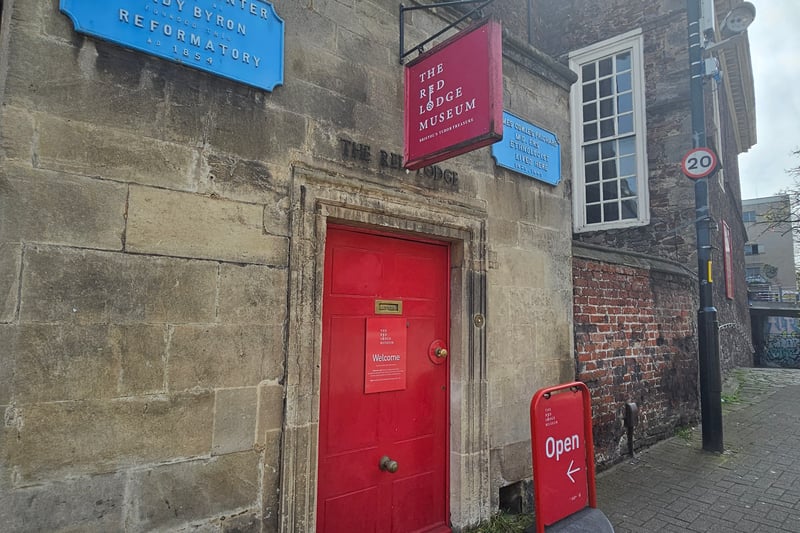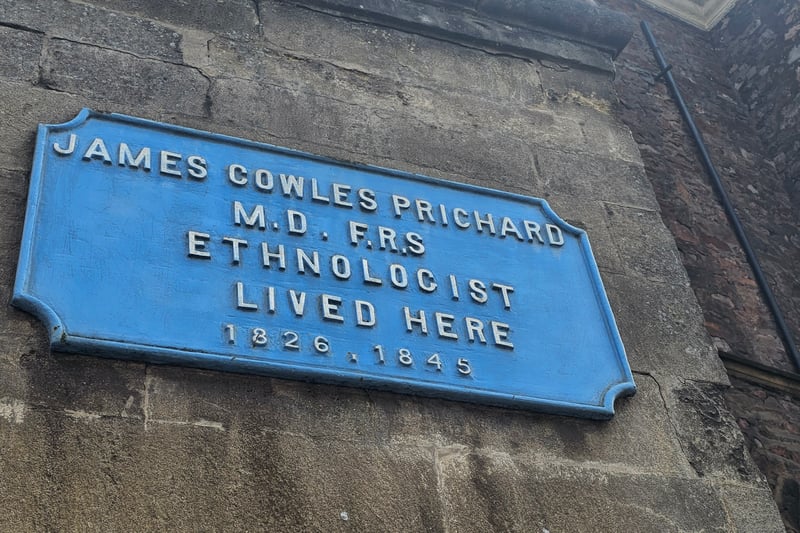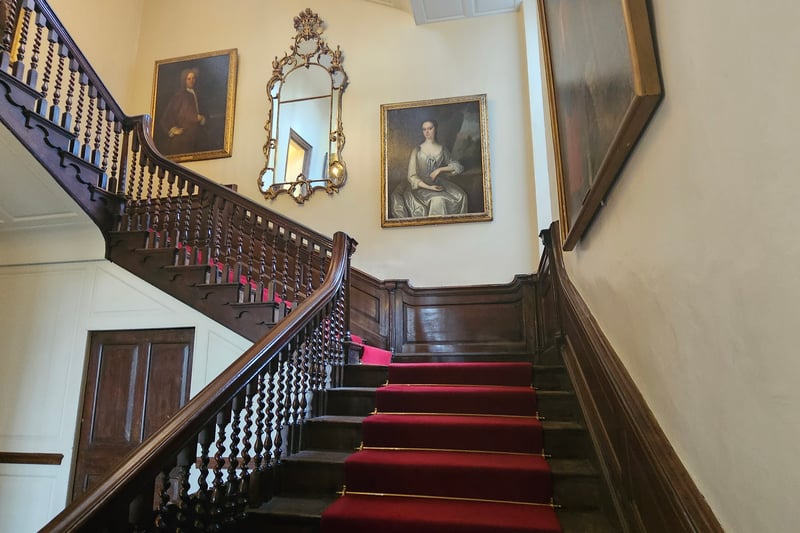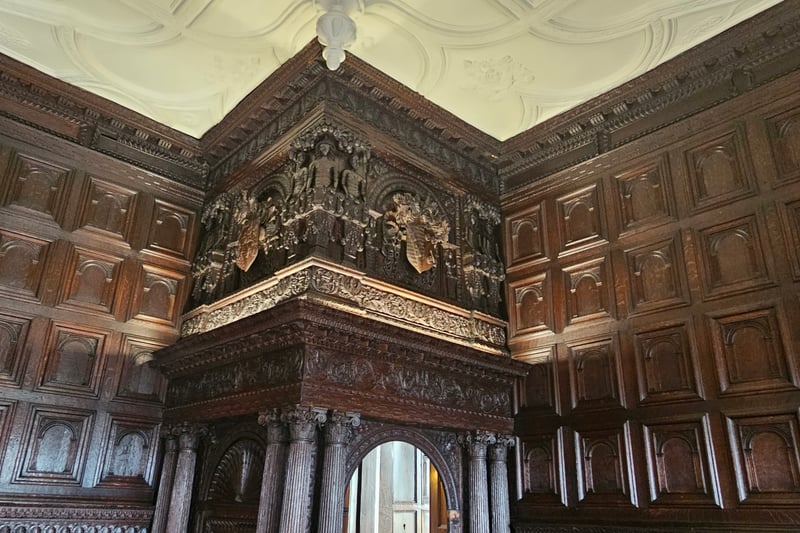Located on Park Row, The Red Lodge Museum explores four centuries of history, from the "royal party house" of the 16th Century to a Victorian reform school for girls.
The building was constructed in 1580 on the site of The Great House on St. Augustine's Back, which is now home to Bristol Beacon and was possibly designed by Sebastiano Serlio, an Italian Mannerist architect, who was part of the Italian team building the Palace of Fontainebleau.
The house was first owned by Sir John Young, a merchant and decedent of a merchant family and courtier to Henry VIII and Elizabeth I, and the Red Lodge would have originally been used as an additional guest house and entertainment pavilion.
The Great House hosted Queen Elizabeth I during her visit to Bristol in 1574, who later knighted Sir John Young.
He died in 1589, and his son, Robert Young, inherited the entire estate, who then had to convey the Red Lodge to his half-brother Nicholas Strangways to avoid seizure after he had quickly spent his inheritance. The Red Lodge was rented out to various tenants as residence separate from The Great House by 1595, and eventually, the Great House was sold to Sir Hugh Smyth of Ashton Court.
During the 1730s, the house was bought by John and Mary Henley who carried out major extension works on the Red Lodge.
By 1854, the Red Lodge was bought by Lady Byron and transformed into the first-ever Girls' Reformatory by Mary Carpenter until 1917.
The building is now owned by the Bristol City Council which turned it into a free museum. The Red Lodge Museum is open from 11am to 4pm, Saturday to Tuesday.
Scroll through to see 33 photos from our visit to The Red Lodge Museum.

1. The Red Lodge Museum
Located on Park Row, the museum explores four centuries of history, from the "royal party house" of the 16th Century to a Victorian reform school for girls. The free museum is open from 11am to 4pm, Saturday to Tuesday.

2. James Cowles Prichard
James Cowles Prichard FRS was a British physician and ethnologist with broad interests in physical anthropology and psychiatry, and whose influential book, 'Researches into the Physical History of Mankind', touched upon the subject of evolution. He served as a Medical Commissioner in Lunacy from 1845.

3. Staircase
The staircase was built in 1731 on the site of an original turret staircase. Paintings on the stairwell feature John and Mary Henley who owned and remodelled the lodge in 1730 and Robert Yeamans, a Mayor and Royalist MP in Parliament, who was executed during the Civil War.

4. Great Oak Room
Located on the first floor, the Great Oak Room has its original panelling, and plasterwork ceiling and is the oldest example of 16th-century interiors left in Bristol. It's described as one of the finest Elizabethan rooms in the West Country and was used for banqueting. The first owner of the Great House and Red Lodge, Sir John Young, was a merchant and the ornamental details on the wooden walls show off his voyages with exotic fruits like pineapples and native Americans depicted on the wooden panels to name a couple. A portrait of Queen Elizabeth I from the last quarter of the 16th century is displayed in the room and is on loan to Red Lodge. Queen Elizabeth I stayed in The Great House during a visit to Bristol instead of at the Ashton Court Estate, which was owned by the bitter rival of Young.